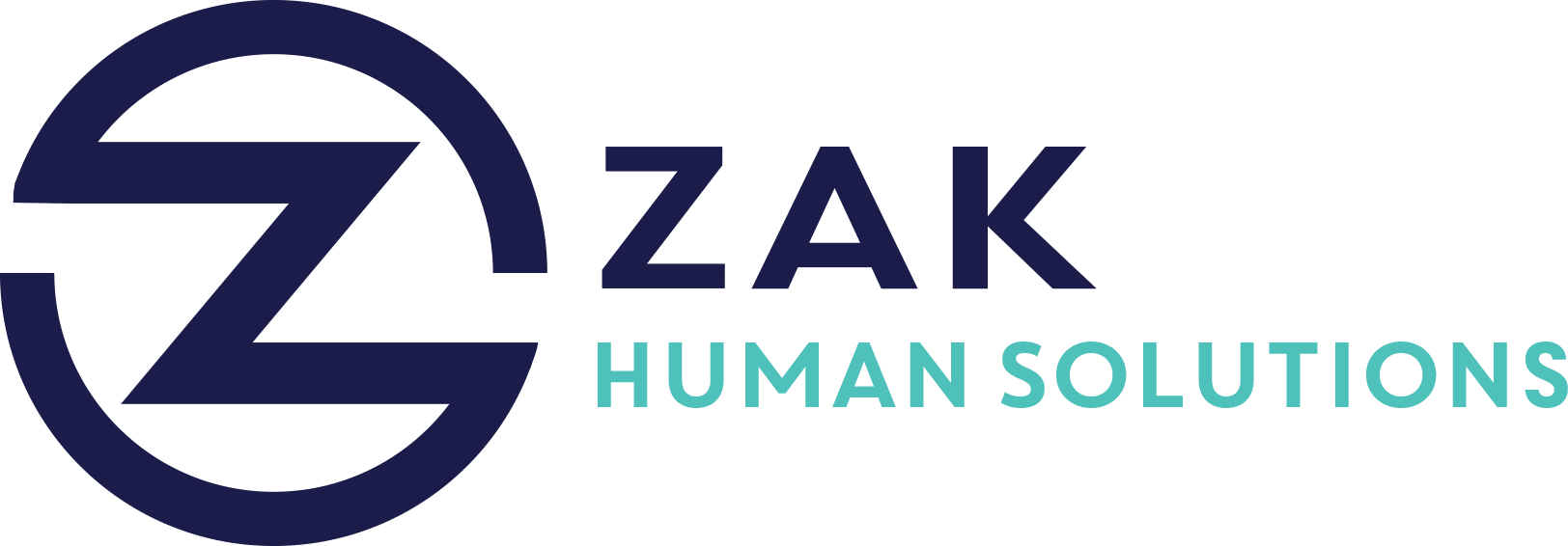The landscape of the American workforce has been through significant upheaval in recent years, and as we look forward to 2025, it appears that landscape might be set for more changes. Recent insights suggest a potential rise in the number of people quitting their jobs, echoing the epoch of the Great Resignation. While the quit rate in the U.S. has remained stable at 2.1% through 2024, experts foresee a shift on the horizon.
Understanding the Shift: From “Great Stay” to Great Change
The Background: The Great Stay
2024 has been dubbed the “Great Stay,” marking a year of relative stability in the U.S. job market compared to the turbulence of the Great Resignation from 2021-2022. The quit rate hovered consistently at 2.1%, signaling a tentative hold where employees seemed content staying put. But why the stability after an era where 3.0% monthly quit rates were the norm?
Economic Transformations
The COVID-19 pandemic reshaped the American job market, pushing businesses and workers toward unexpected forms of resilience and innovation. Remote work became a reality for many, altering work-life priorities and opening up new possibilities.
The Desire for Better Opportunities
While the economic scaffolding that emerged post-COVID held firm in 2024, the desire for change continued bubbling beneath the surface. A survey by ResumeTemplates.com indicates that 60% of workers are eying new opportunities in 2025, with an astonishing one-third ready to leave without another job lined up.
Economic and Workplace Dynamics Influencing Quit Rates
Financial Literacy and Cost of Living
According to Alex Beene from the University of Tennessee, the interplay between rising costs and employee priorities has fundamentally changed since the pandemic. Employees have become more assertive, seeking jobs that offer flexibility and meet their personal needs beyond the paycheck.
Remote Work Revolution
Remote work is no longer a perk but a preference for many. The flexibility it provides in terms of time, commute, and family dynamics is a strong deciding factor for job transitions. Some employers may struggle to recruit and retain talent if they fail to offer these options.
Expert Predictions and Advice
Navigating the New Job Landscape
Brian Marks from the University of New Haven points out that 2025 could be a year of uncertainty, exacerbated by new administrative policies that are yet to be fully realized. He recommends cautious career maneuvers, suggesting employees have contingencies for job switches.
Practical Considerations for Employees
Before deciding to quit, consider the following:
- Have a Job Lined Up: Always aim to secure the next position before resigning, given the volatility in some sectors.
- Financial Cushion: Accumulate three to six months’ worth of savings to support yourself in cases of unemployment or transition.
- Stay Informed and Plan Ahead: Keep abreast of economic indicators such as inflation and job market openings to make informed decisions.
Preparing for the Tides of Change
As we venture into 2025, the workforce landscape promises opportunity but requires informed decision-making. Understanding the nuances of the current job market and economic environment can help employees navigate potential changes effectively. The emphasis should be on balancing personal needs with financial stability, fostering a workforce prepared to move through the flux of change.




